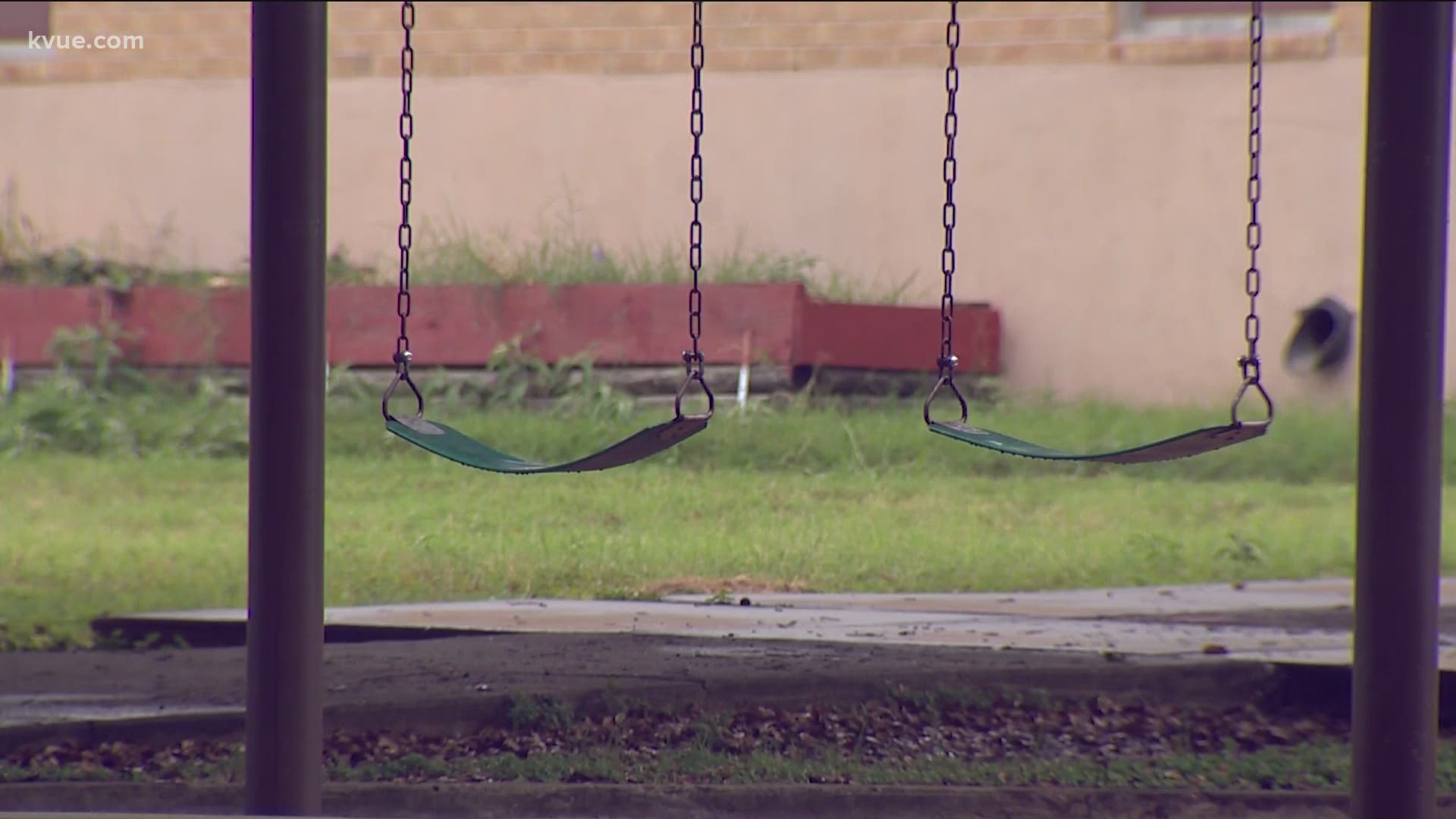AUSTIN, Texas — Many educators are concerned about the new guidelines the Texas Education Agency released to reopen schools in the fall. They said changes need to be made so schools don't become the next COVID-19 hot spot.
Texas educators said there's no place teachers would rather be than in classrooms with kids this fall, but many leaders with the American Federation of Teachers believe the decision to reopen buildings in the fall is unsafe. They think community education leaders should be involved with conversations about school re-openings.
"We don't get what is going on in Texas that there's, like, blinders on about what's going on in terms with public health and in the science," said Randi Weingarten, American Federation of Teachers president.
TEA documents released Tuesday show there will be options to keep kids home with virtual learning. The agency will also provide masks and other protective equipment for kids. They said they're prioritizing public health and safety above all else.
Some educators, like Texas State Teachers Association (TSTA) President Noel Candelaria, said the guidelines are too lenient.
"What if, because of me, my student gets sick and their family gets sick or they lose a loved one? I mean, you know, we've seen the traumatic impact that COVID-19 has had on families that have lost loved ones," said Candelaria. "We want to ensure their safety and because we want to see them again. We don't want to risk their lives for the sake of being able to close an academic gap."
Candelaria thinks if they have to go back to school, masks, social distancing and temperature checks should be mandatory, not just recommended.
RELATED:
Draft documents show Texas planning few mandatory safety measures when public schools reopen in fall
"We also don't know how that would be enforced because there has been no clear guidelines or direction from the State to have statewide standards that are systemic that everybody has to adhere to," he said. "It is something that we have to make sure that that is standard across the board, that every school in every district has to comply with ensuring the safety of students, educators in the community as a whole, which is really important for us, especially in rural Texas."
Candelaria said he would like to see testing and monitoring protocols in place on every campus, but knows it will be a tough decision when it comes to social distancing.
"We know the challenges directly with social distancing in our public schools. We would need three classrooms in order to socially distance one classroom because six feet apart. Classroom of 30 kids, you're going to need three classrooms. And, so, we obviously don't have the room in our schools to bring everybody in and properly socially distance them," said Candelaria.
Below is a document called the "TSTA Standards for Safe Schools," which you can find on their website. It shows a list of standards they believe would make schools safe based on the recommendations of health care experts.
As for remote learning, Candelaria believes the state should focus on giving school districts more resources to make it successful. According to TEA documents, in the U.S., as of May 2020, students from low-income ZIP codes decreased progress in online math coursework by more than 55% compared to January 2020.
"We have the challenge of a lot of our students don't have the resources at home, which is why we at the school provide pencils, crayons, paper, basic things because a lot of times our students don't have those supplies," said Candelaria. "We've seen the socioeconomic equity issues that have risen. That's why it's important that educators are at the table having these conversations at the highest levels of our government and not just be told what we're expected to do, but actually be part of that process."
You can see the graph on the second page below:
The agency said it "must ensure that remote instruction is delivered as effectively as we possibly can for all of our students" and they can't allow this public health crisis to become a generational education crisis.
"As much as we'd love to have them in the classroom, because we know that's the best setting for students, you know, we also don't want to risk their lives because we want to see our students," said Candelaria.
The TSTA represents about 60,000 educators, including cafeteria workers, teachers, superintendents, bus drivers, administrators and more.
PEOPLE ARE ALSO READING:

